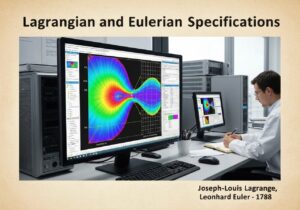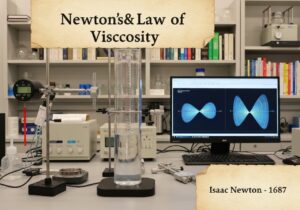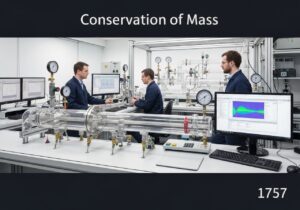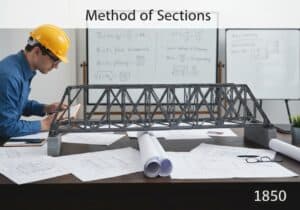Fluido mechanics is the branch of applied mechanics concerned with the statics (fluids at rest) and dynamics (fluids in motion) of liquids and gases. It applies fundamental principles of mass, momentum, and energy conservation to analyze and predict fluid behavior. Its applications are vast, ranging from aerodynamics and hydraulics to meteorology and oceanography.
Meccanica dei fluidi
- Archimedes
- Daniel Bernoulli
- Leonhard Euler
- Claude-Louis Navier
- George Gabriel Stokes
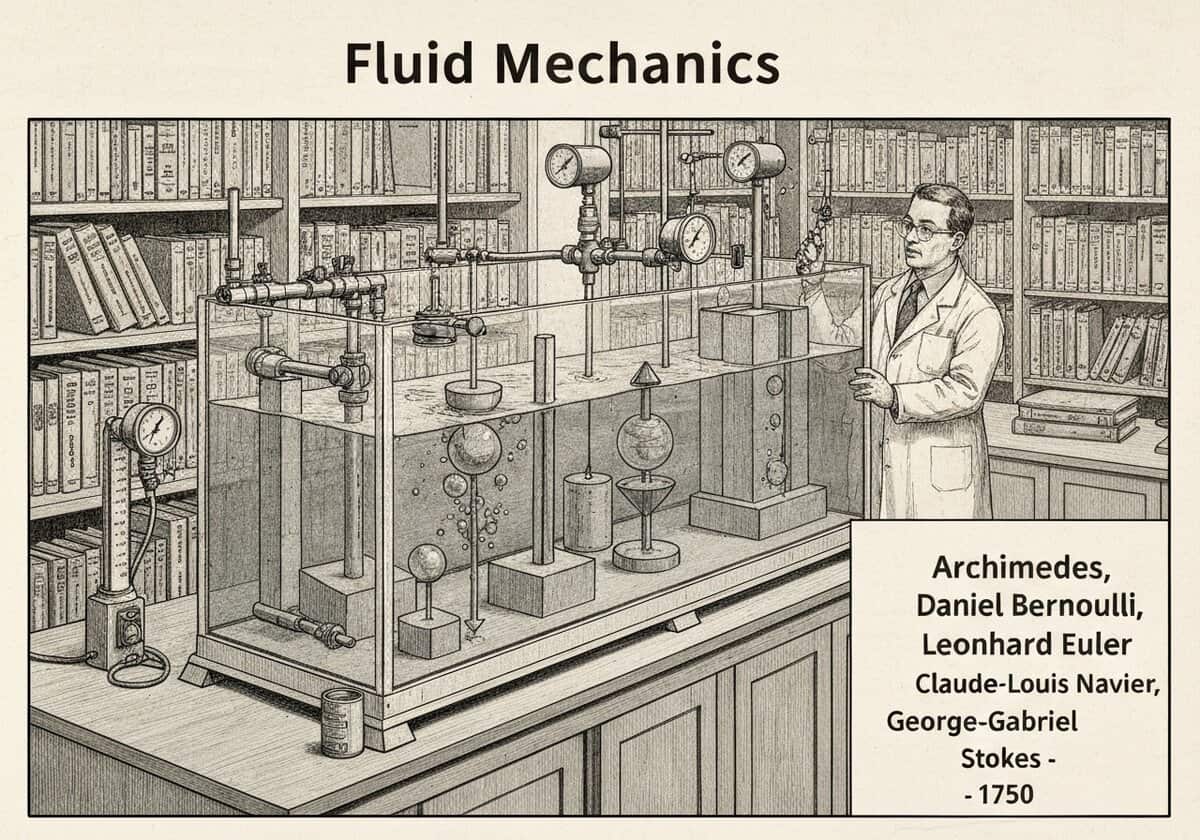
The governing equations of motion for a viscous fluid are the Navier-Stokes equations. These are a set of nonlinear partial differential equations that arise from applying Newton’s second law to fluid motion, combined with the assumption that fluid stress is the sum of a diffusing viscous term and a pressure term. For a compressible Newtonian fluid, the vector equation is: [latex]\rho(\frac{\partial \mathbf{v}}{\partial t} + \mathbf{v} \cdot \nabla \mathbf{v}) = -\nabla p + \nabla \cdot \mathbf{T} + \mathbf{f}[/latex], where [latex]\rho[/latex] is density, [latex]\mathbf{v}[/latex] is velocity, [latex]p[/latex] is pressure, [latex]\mathbf{T}[/latex] is the stress tensor, and [latex]\mathbf{f}[/latex] represents body forces. Solving these equations is a central challenge in the field.
Fluid behavior is often characterized by dimensionless numbers. The most famous is the Numero di Reynolds (Re), which describes the ratio of inertial forces to viscous forces and is used to predict the transition from smooth, orderly laminar flow to chaotic turbulent flow. Other important numbers include the Mach number for compressible flows and the Froude number for flows with a free surface. Due to the complexity of the governing equations, especially for turbulent flows, computational fluid dynamics (CFD) has become an essential tool, using numerical methods to solve and analyze problems involving fluid flows.
Tipo
Interruzione
Utilizzo
Precursori
- Ipotesi della meccanica del continuo
- Le leggi del moto di Newton
- Principi della termodinamica
- Sviluppo del calcolo
- Archimedes’ principle on buoyancy
Applicazioni
- aerodinamica (progettazione di ali di aerei, automobili e turbine eoliche)
- idraulica (progettazione di dighe, condotte e pompe)
- meteorologia (previsioni meteorologiche e modelli climatici)
- ingegneria biomedica (analisi del flusso sanguigno nelle arterie)
- ingegneria ambientale (modellazione della dispersione degli inquinanti nell'aria e nell'acqua)
Brevetti:
Potenziali idee innovative
Livelli! Iscrizione richiesta
Per accedere a questo contenuto devi essere un membro di !Professionals (100% free)!
DISPONIBILE PER NUOVE SFIDE
Ingegnere meccanico, responsabile di progetto, ingegneria di processo o ricerca e sviluppo
Disponibile per una nuova sfida con breve preavviso.
Contattami su LinkedIn
Integrazione di componenti elettronici in plastica e metallo, progettazione in base ai costi, GMP, ergonomia, dispositivi e materiali di consumo di medio-alto volume, produzione snella, settori regolamentati, CE e FDA, CAD, Solidworks, Lean Sigma Black Belt, ISO 13485 in ambito medico
Stiamo cercando un nuovo sponsor
La tua azienda o istituzione si occupa di tecnica, scienza o ricerca?
> inviaci un messaggio <
Ricevi tutti i nuovi articoli
Gratuito, no spam, email non distribuita né rivenduta
oppure puoi ottenere la tua iscrizione completa -gratuitamente- per accedere a tutti i contenuti riservati >Qui<
Contesto storico
Meccanica dei fluidi
(se la data non è nota o non è rilevante, ad esempio "meccanica dei fluidi", viene fornita una stima approssimativa della sua notevole comparsa)
Principi di invenzione, innovazione e tecnica correlati



